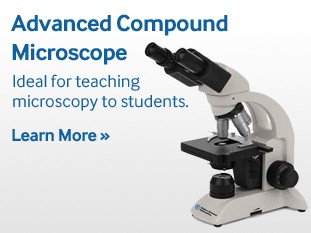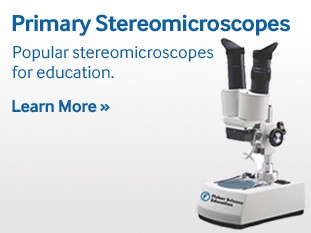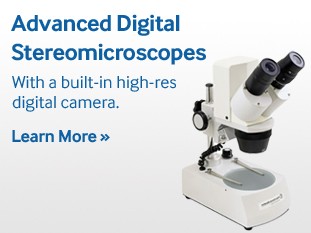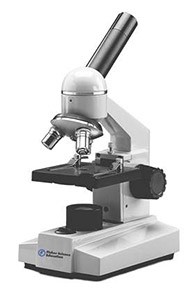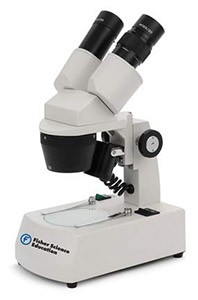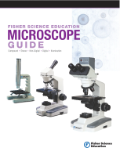Fisher Science Education Microscopes
Featured Categories
Headline Discoveries
Microscopes for the Lab and Classroom
Compound and Stereo Microscopes
Our portfolio is complete with both compound and stereoscopic microscopes. Compound microscopes are ideal for viewing slide-mounted, micro-sized specimens that are transparent enough to let light pass through them. Compound microscopes provide high-power magnification, a narrow field of view and a short working distance.
Stereoscopic microscopes are perfect for viewing unmounted, macro-sized objects that are too dense to let light pass through them like insects, plants, rocks and coins. Stereoscopic microscopes provide low-power magnification, a wide field of view and a long working distance.
Digital
Stereoscopic and compound microscopes are both offered with a digital camera built into the head. Digital microscopes have various outputs, including USB, that connect to your computer and come with imaging software that allows you to capture images, generate video clips, manipulate, label, amalgamate and more. Traditional microscopes can always be made digital by adding an eyepiece camera to the scope. These cameras also come with imaging software.
Illumination Options
- Natural light – uses available light to view the specimens
- Versatile light – ambient light delivers opportunities to view transparent specimens as well as opaque specimens like plants and insects
- Budget friendly – inexpensive and popular in elementary schools
Tungsten
- Yellowish light – can distort the colors of the specimen you're viewing
- Hot light – preferred for illuminating nonliving specimens
Halogen
- Very bright, white light – gives specimens a more natural appearance
- Hot, concentrated light – preferred for use with binocular compound microscopes and for illuminating nonliving specimens
- High-level illumination – perfect for research-level microscopes
LED
- White light – gives specimens a more natural appearance
- HCool light – preferred for illuminating living specimens
- Green – energy efficient and useful in cordless microscopes
Fisher Science Education Microscope Guide
Use the this guide as a resource to narrow your microscope search by type and grade level along with information on recommended models.
Fisher Science Education Microscope Instruction Guide
The information in this guide contains instructions on how to to operate, troubleshoot and maintain your microscope.
Fisher Science Education Microscopes Quick Guide
Follow these steps to find the instruction manual for your microscope along with warranty information to get you started.
Fisher Science Education Microscopes - Five Year Warranty
The Five-Year Warranty assures that the microscope is guaranteed against defects in material and workmanship for five years from the date of purchase.
